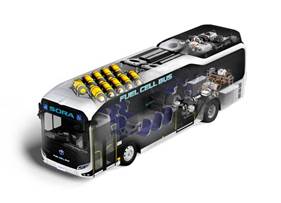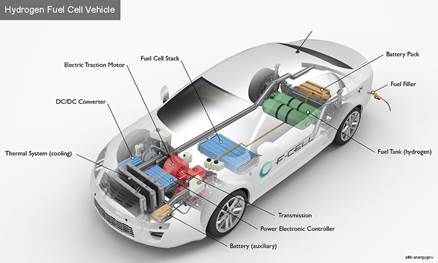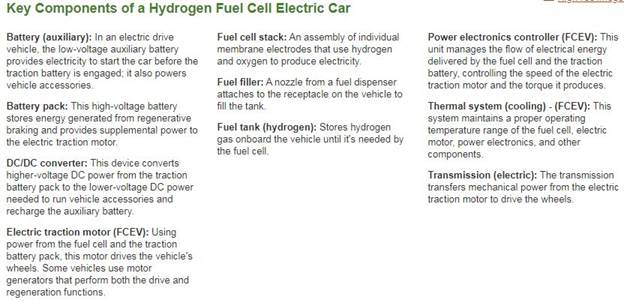Free Courses Sale ends Soon, Get It Now


Free Courses Sale ends Soon, Get It Now



Disclaimer: Copyright infringement not intended.
Context
How Do Fuel Cell Electric Vehicles Work Using Hydrogen?
Advantages of Hydrogen Fuel Cell


FCEVs are not completely environment friendly
Must Read: https://www.iasgyan.in/daily-current-affairs/green-hydrogen-fuel-cell-electric-vehicle
https://pib.gov.in/PressReleasePage.aspx?PRID=1853433
© 2024 iasgyan. All right reserved